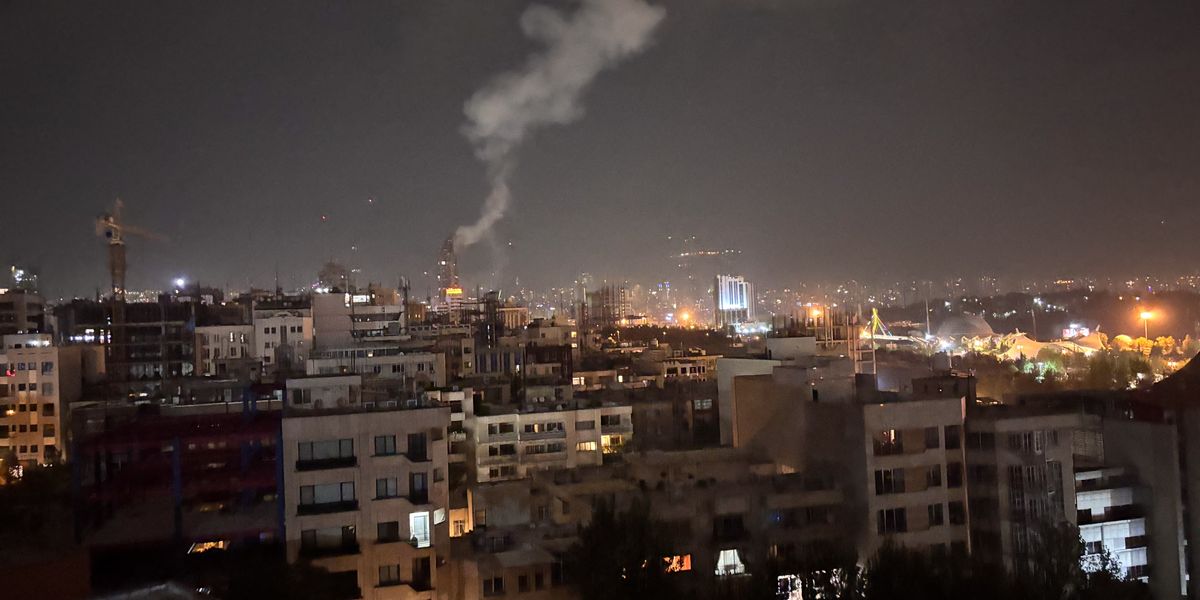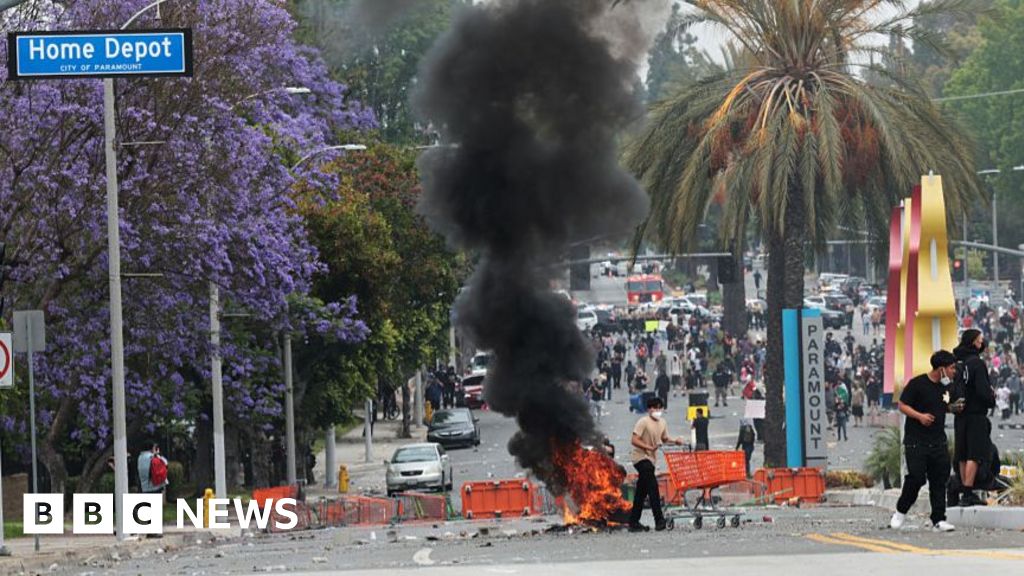In March, South Korea’s Truth and Reconciliation Committee (TRC) released its report on the country’s international adoption system. After a three-year investigation, the committee found evidence that, among other widespread abuses, adoption agencies fabricated documents, misrepresented children as orphans available to be adopted, and sent children overseas without the consent of their biological families. Concluding that the human rights of adoptees and birth parents were violated, the TRC has recommended that the Korean government issue an official apology.
For many, these findings are shocking but not surprising. Adoptees who have searched for information about their birth families and academics who have studied international adoption have long known of cases in which one child was substituted at the last minute for another—or of birth mothers who were coerced or tricked into relinquishing their children. Adoptees have located birth parents they were told were dead. The agencies that arranged their adoptions have lied to adoptees and withheld information. Activists in Korea, many of whom are international adoptees who have returned as adults, have been fighting to draw attention to these cases for years.
South Korea has been winding down the practice of international adoption, but the practice continues there and around the world, even if at a much slower pace than in previous decades. But even if it stopped tomorrow, the system that has moved hundreds of thousands of children around the world was built on the foundations of Korean adoption, which have been revealed as deeply problematic.
International adoption is not as old as some might think. Americans had adopted internationally on an ad hoc basis and in small numbers in the years before and after World War II, but systematic international adoption is rooted in the aftermath of the Korean War (1950-1953) when Americans began adopting children from South Korea. Originally, these adoptions were used as a temporary effort to remove mixed-race “GI babies” born to Korean women and fathered by foreign men, presumed to be American military personnel. Observers quickly concluded that these children had no future in Korea for three reasons: they were racially mixed in a society that thought of itself as racially pure; they were the children of women who were assumed to be sex workers; and they were fatherless in a highly patriarchal society, and in which citizenship flowed through fathers, not mothers.
In the United States, which had historically excluded Asian immigrants, Korean-white children's racial mixture made them imaginable as family members for the white parents who adopted most of them. So did Americans’ understanding of these children as coming from a Christian, democratic South Korea. In the context of the Cold War, these transracial, international adoptions were powerful symbols of Americans’ new commitment to antiracism, despite the persistence of racist policies in immigration, housing, and employment.
Korean children first came to the United States under a series of temporary refugee laws, but Americans’ demand for foreign children was strong enough that Congress made international adoption a permanent part of immigration law in 1961. South Korea, which had facilitated international adoption since the 1950s then enacted a law to make it easier for foreigners to adopt.
With these legal mechanisms in place, the Korean adoption system grew. Beginning in the 1960s, it encompassed a wider range of children: the children of the poor, children with disabilities, and then, by the 1980s, the children of single mothers. South Korea also began sending children to a widening array of receiving countries in Europe, as well as Canada and Australia. Its adoption agencies’ streamlined policies and processes made the country the so-called "Cadillac of international adoption," offering speed, professionalism, and healthy babies. South Korea remained the number one source of children for adoption until the 1990s, long after the Korean War had ended.
The international adoption system that began in Korea served as a template as the practice spread to countries around the world, including Vietnam, Colombia, and Guatemala in the 1970s and 1980s, and Russia and China in the 1990s. In the early 2000s, Christian evangelicals in the U.S. embraced the cause of rescuing orphans, and adopted children from Ethiopia, the Democratic Republic of Congo, and Haiti. Although parents in the West adopted for a range of humanitarian and religious reasons, they also looked abroad because they faced a shortage of adoptable babies at home. This complex combination of altruism and consumerism accompanied international adoption as it spread and developed into what one consultant to UNICEF called “a demand-driven business.”
Beyond these market dynamics, governments and child welfare agencies took up the logic behind international adoption that had been established in Korea: that it was better for a child to grow up in a wealthy western country than to live in a poor home in the culture and country of their birth, and that governments should focus on facilitating international adoption rather than on keeping families together.
As adoption agencies entered countries struggling with poverty, instability, or natural disaster, they brought with them the system created in Korea. Orphanages supported by western sponsorship money were disproportionately wealthier than the communities around them. It also made them more attractive to poor parents who wanted their children to have access to those resources or perhaps just needed some childcare while they worked. Once children were in an orphanage, parents could be convinced – or coerced – into relinquishing them for adoption. And once westerners began to demand ‘orphans’ from a country, the incentives for adoption agencies to provide them only increased, leading to more coercion and fraud.
Over the past several decades, international adoption has served the best interest of the Korean government. Rather than investing in social welfare programs or supporting poor families and single mothers, the Korean government sent its children overseas. Its orphanages, hospitals, maternity homes, adoption agencies, and police received donations and gratitude payments from foreign adopters. International adoption also allowed Koreans to maintain carefully enforced ideas of bloodline purity, which hindered domestic adoption, and Confucian patriarchy, which made single motherhood an impossibility and which produced more children for international adoption.
Americans have adopted internationally for decades without having to truly confront the global inequalities that made such a system possible, and which continue to sustain it. They have been able to choose from a variety of countries, comparing factors like cost, ease, type of child available, and processing time. Although they may have adopted with the best of intentions, they benefited from a system that exploited the weak and vulnerable in other countries. As the problems of international adoption have become more widely known, more adoptive parents have grappled with the realization that some of the children they adopted were never orphans at all, or never properly relinquished.

The corruption that comes from the unavoidable market dynamics of international adoption have followed it wherever it has gone. Recognizing this, countries from Guatemala to China have stopped sending children abroad, and Denmark has stopped receiving them. Sweden ended international adoption from South Korea in 2023 in response to the kinds of allegations the TRC confirmed. The United States should investigate its role in the global international adoption system it pioneered in South Korea and has supported ever since.
At a minimum, the U.S. should give citizenship to the thousands of adoptees who were never naturalized by their parents, and who are now at risk for deportation. Congress enacted the Child Citizenship Act of 2000 to ensure that international adoptees acquired U.S, citizenship more or less automatically, but the law fails to cover an unknown number of adoptees (somewhere between 18,000 to 75,000) who were already adults when the law passed. The Adoptee Citizenship Act, which is intended to fix this oversight, has been introduced twice in Congress to no effect.
As for South Korea, the TRC’s report addresses just 56 of the 367 cases that international adoptees have brought to its attention. The TRC has now been suspended and it is unclear whether the investigation will continue. But anywhere from 150,000 to 200,000 Korean children have been sent overseas for adoption since the 1950s, and they deserve answers about their origins. Meaningful redress demands continued efforts to uncover the truths beneath the international adoption industry—no matter how painful they may be.
Arissa H. Oh is Associate Professor in the History Department at Boston College and the author of To Save the Children of Korea: The Cold War Origins of International Adoption.
Made by History takes readers beyond the headlines with articles written and edited by professional historians. Learn more about Made by History at TIME here. Opinions expressed do not necessarily reflect the views of TIME editors.











 English (US) ·
English (US) ·